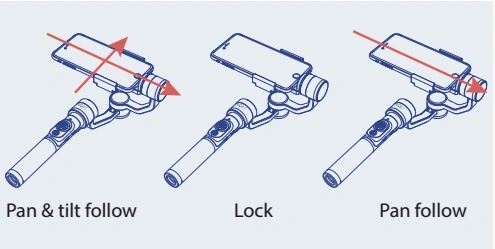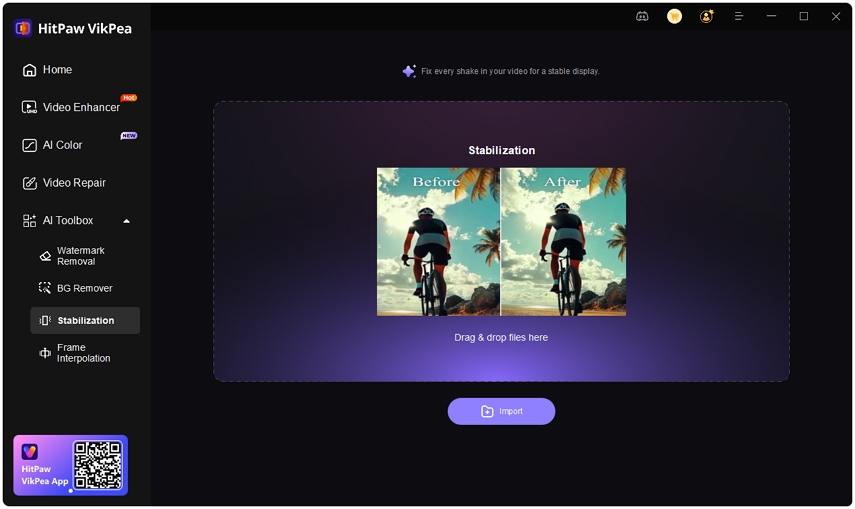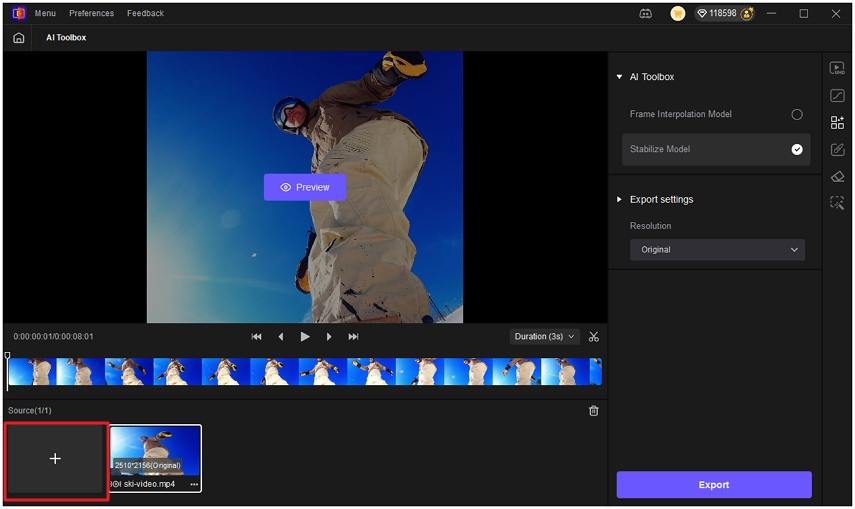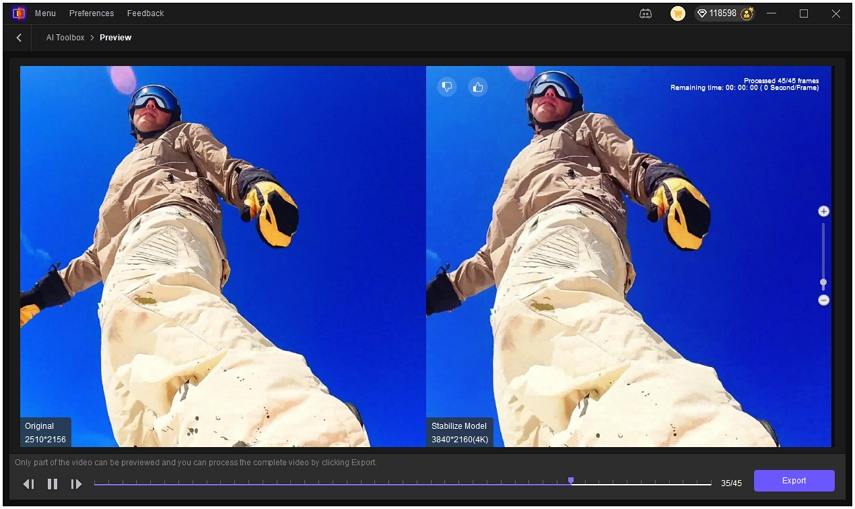What Is a Gimbal: A Complete Guide to Camera Stabilizers
If you've ever wondered why professional videos appear perfectly smooth even when filmed while moving, the answer often lies in a gimbal. Whether you are a filmmaker, vlogger, or smartphone creator, understanding what is a gimbal can dramatically improve your video quality. In this guide, we'll explain what gimbals are, what does a gimbal do, and explore various types for cameras, phones, and professional setups. You'll also learn how to use a gimbal effectively and discover a digital alternative for fixing shaky footage in post-production.
Part 1: Understanding What Is a Gimbal and How It Works
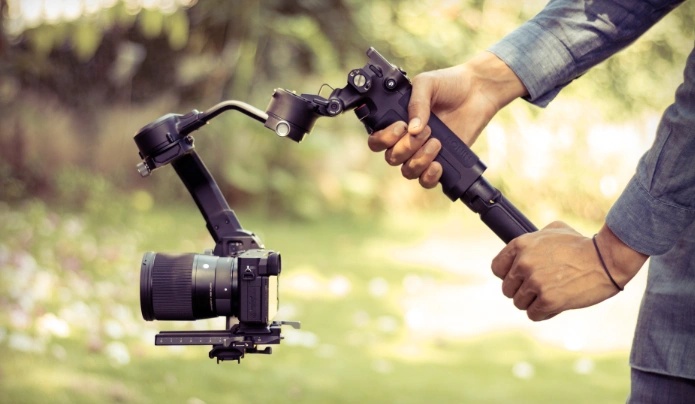
A gimbal is a mechanical device or stabilizer that uses motors and sensors to keep your camera steady during motion. It is designed to reduce unwanted shakes, jitters, and vibrations, allowing for smooth, professional-looking footage. People often search what is a gimbal camera or what is a gimbal for camera - this is the answer. Unlike a tripod or simple handheld setup, a gimbal allows mobility while keeping the video stable, enabling dynamic shots such as walking sequences, pans, and follow shots without blur or wobble.
Gimbals can range from compact gimbals for phones to large camera gimbals for DSLRs or mirrorless systems. The motorized stabilizers are also commonly called gimbal stabilizers, and they have become essential for modern content creators aiming for cinematic visuals.
Part 2: What Does a Gimbal Do and Its Key Functions
A gimbal stabilizer performs several key functions:
- Motion Stabilization: Compensates for hand shakes, running motion, or uneven surfaces.
- Smooth Panning and Tilting: Allows you to execute fluid movements without jerky footage.
- Cinematic Angles: Facilitates dynamic camera movements such as tracking shots, low-angle shots, and sweeping panoramas.
- Versatility: Can be mounted on tripods, vehicles, drones, or handheld rigs for multiple filming setups.
In essence, knowing what is a gimbal used for is simple: it makes videos appear professional without the expensive setup of a traditional film crew. From action vlogs to cinematic storytelling, a gimbal can elevate your production quality significantly.
Part 3: Types of Gimbals and Choosing the Right Stabilizer
Understanding the different types of gimbals helps you choose the right tool for your needs. Here we expand on each category, including usage scenarios and advantages.
1. Camera Gimbals for Professional Filmmaking
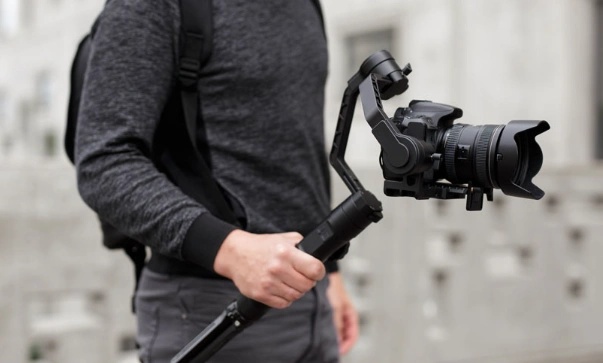
Camera gimbals are designed for DSLR or mirrorless cameras. They provide high-torque motors to stabilize heavier setups. When people ask what a gimbal is for a camera, they refer to this type. These gimbals support three-axis stabilization (pan, tilt, roll) and are ideal for professional filmmaking, interviews, wedding videography, and short films. Features often include follow modes, adjustable speed, and compatibility with various lenses and cameras.
Pros
- Smooth cinematic footage
- Supports heavy cameras and accessories
- Multiple motion modes
Cons
- Expensive and heavy
- Setup can be time-consuming
2. Smartphone Gimbals for Mobile Creators
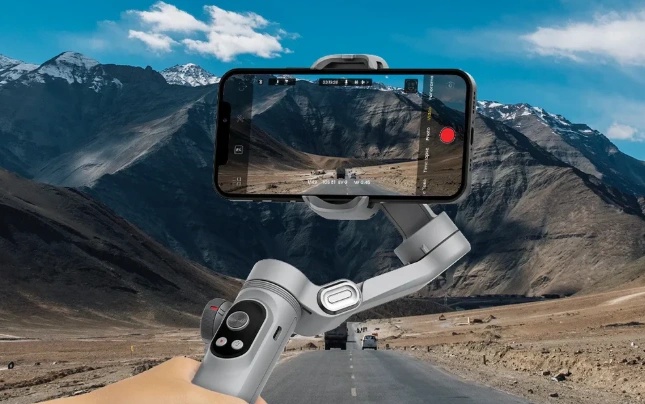
For mobile creators, what is a gimbal for iPhone or what is gimbal for phone are common questions. These are lightweight, portable stabilizers specifically for smartphones. Perfect for vlogging, TikTok, Instagram, or casual travel videos, phone gimbals make handheld footage look polished and professional.
Pros
- Compact and easy to carry
- Affordable
- Excellent for social media content
Cons
- Limited load capacity
- Less suitable for professional camera lenses
3. 3-Axis Gimbals for Cinematic Motion
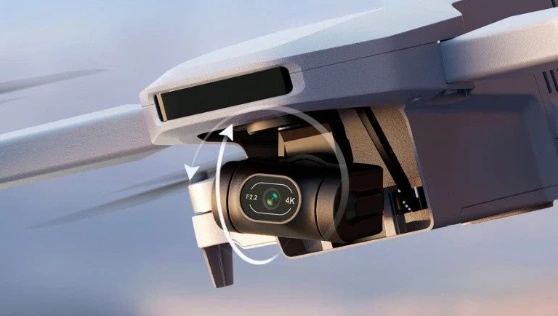
3-axis gimbals, often referred to as gimbal stabilizers, manage pan, tilt, and roll simultaneously. This is the most versatile type, ensuring smooth tracking shots, walking shots, and action sequences. Both camera and phone models can feature three-axis stabilization, making it a popular choice for those seeking cinematic results without complex setups.
Pros
- Highly stable footage
- Flexible movement in all directions
- Ideal for complex shots
Cons
- Can be heavier and more expensive
- Requires learning curve for optimal use
4. Specialty Gimbals for Drones and Adventure Shots
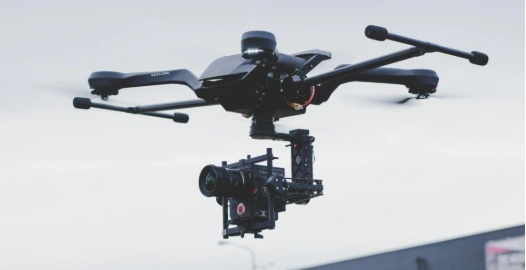
Some gimbals are designed for drones, motorbikes, or specialty rigs. While not common for everyday filming, they provide stability for niche applications like aerial videography or extreme sports. Knowing what is the best gimbal depends on your shooting scenario: a drone gimbal for aerial shots, a camera gimbal for filmmaking, or a phone gimbal for quick social media content.
Part 4: How to Use a Gimbal Camera
Using a gimbal properly ensures you get smooth, professional results. Here's a step-by-step guide.
- Step 1: Secure your camera, smartphone, or mirrorless setup on the gimbal according to the manufacturer's instructions. Ensure it's balanced; an unbalanced gimbal may strain the motors and reduce stabilization performance.
- Step 2: Turn on the gimbal. Many devices require calibration to establish level orientation. Some automatic models perform this internally, while manual gimbals may need slight adjustments.
Step 3: Most gimbals feature multiple modes. Select a mode that matches your shot requirements.
- Follow Mode: The camera follows your hand movement smoothly.
- Lock Mode: Keeps the camera fixed on a single angle.
- Pan-Follow Mode: Allows horizontal rotation while locking vertical movement.

- Step 4: While a gimbal compensates for shakes, avoid jerky or abrupt movements. Walk steadily and use your body, not just your hands, to move the gimbal. For dynamic shots, practice panning slowly and anticipate subject motion.
- Step 5: Many gimbals allow adjustments for speed, tilt angle, and motor strength. Fine-tuning these settings helps capture cinematic footage tailored to your scene.
- Step 6: Even with a gimbal, minor shake may occur. This is where video stabilization software like HitPaw VikPea comes in to perfect your footage.
Bonus Tips: Stabilize Shaky Video With HitPaw VikPea
Even if you don't own a gimbal or missed using one, shaky footage can be fixed digitally. HitPaw VikPea provides AI-powered video stabilization that smooths out unwanted motion. This is a natural continuation after learning how to use a gimbal - even with a stabilizer, some shake may occur, or you may want to enhance older clips. VikPea allows creators to achieve gimbal-like smoothness in post-production.
- AI Stabilization: Automatically smooths hand tremors and motion shakes.
- Quality Preservation: Maintains video clarity while reducing blur.
- AI Upscaling: Restore and enhance your video quality up to 8K resolution.
- Multiple Device Support: Works with video footage shot on smartphone, camera, or drone.
- Easy to Use: Simple interface for beginners and pros alike.
How to Use HitPaw VikPea Video Stabilization Feature
Step 1: Download and install HitPaw VikPea on your device. Open the software, choose AI Toolbox > Stabilization, and import your shaky video.

Step 2: If you have multiple files, click the "+" in the lower left to batch import and apply the Stabilize Mode to all files.

Step 3: Hit Preview. AI will analyze the footage, auto-detect shakes, and apply corrections in real time. You can check the stabilized video, and hit export if you satisfied with the effect.

FAQ About Gimbals
"Gimbals" refers to multiple stabilizers, while "gimbal" is singular. Both provide stabilization but vary in size and usage.
Not always. For simple clips, software stabilization may suffice. However, for cinematic or professional footage, a physical gimbal is recommended.
Depends on your device and purpose. High-end camera gimbals suit filmmakers; phone gimbals are ideal for social media creators.
No. Modern gimbals support smartphones, action cams, and drones. People often search what is a gimbal for iPhone or what is gimbal for phone, referring to compact mobile versions.
Conclusion
Understanding what is a gimbal, what does a gimbal do, and the different types of stabilizers empowers you to capture cinematic footage whether with a phone, DSLR, or mirrorless camera. Learning how to use a gimbal effectively ensures maximum stability, while post-production tools like HitPaw VikPea provide a fallback for shaky videos. With the right combination, anyone can produce smooth, professional-looking content - from casual vlogs to full-scale cinematic projects.
Leave a Comment
Create your review for HitPaw articles




